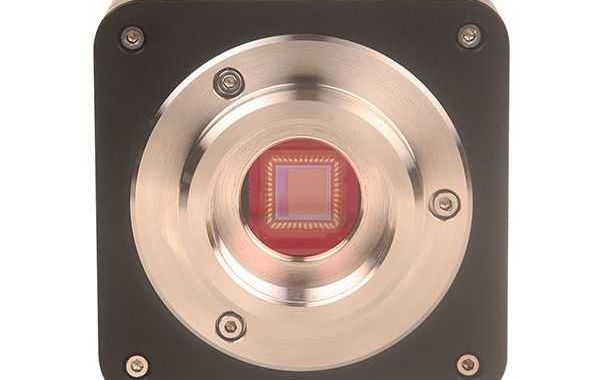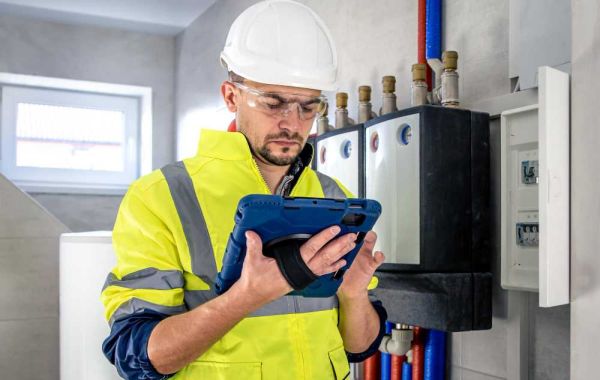Using a microscope camera to capture high-quality images and videos of your specimens for research, education, or relaxation can be a rewarding experience. Here's a step-by-step guide on how to use a microscope camera:
- Gather your equipment: Before you begin, make sure you have everything you'll need, including a computer with image editing software and an optional microscope and microscope camera.
- Prepare your microscope: Make sure your microscope is properly focused and calibrated on the specimen you wish to image. Make any necessary adjustments to the lighting and magnification settings to achieve the desired image quality.
- Attach the microscope camera: Locate the C-mount adapter on your microscope's trinocular head. As you carefully attach the C-mount adapter and the microscope camera, make sure they are firmly in place.
- Connect the microscope camera to your computer: Use the USB cable that came with your microscope camera to connect it to a USB port on your computer. For installation of any necessary drivers or software, refer to the manufacturer's instructions.
- Launch the image capture software: Start the image capture software that came with your microscope camera, or use a reliable third-party application. The software ought to recognize the linked camera and allow you to view a live image from the microscope.
- Adjust image settings: To obtain the best possible image quality for your specimen, adjust the image settings in the software. Adjusting the exposure, brightness, contrast, and white balance may be necessary to achieve this.
- Capture images and videos: You can take still pictures or videos of your specimen if you are satisfied with the image quality. Click the capture button on the software to take a still image; start and stop the recording to take a video.
- Edit and process images (optional): With photo editing software, you can enhance or modify the captured images if you'd like. This may require the use of filters or adjustments to the brightness, contrast, and sharpness.
- Save and share your images and videos: To your computer or a storage device, download the captured images and videos. You can share your images and videos with other people by burning them to a CD or DVD or uploading them online.
- Disconnect the microscope camera: When using the microscope camera for the last time, carefully unplug it from the C-mount adapter and USB port. Store the camera in a safe place to avoid damage.
The ability to operate a microscope camera is a practical skill with a wide range of uses. Anybody involved in research, education, medicine, hobby, or quality control can benefit from a deeper understanding of the microscopic world and the ability to make insightful observations and discoveries with the help of a microscope camera.








